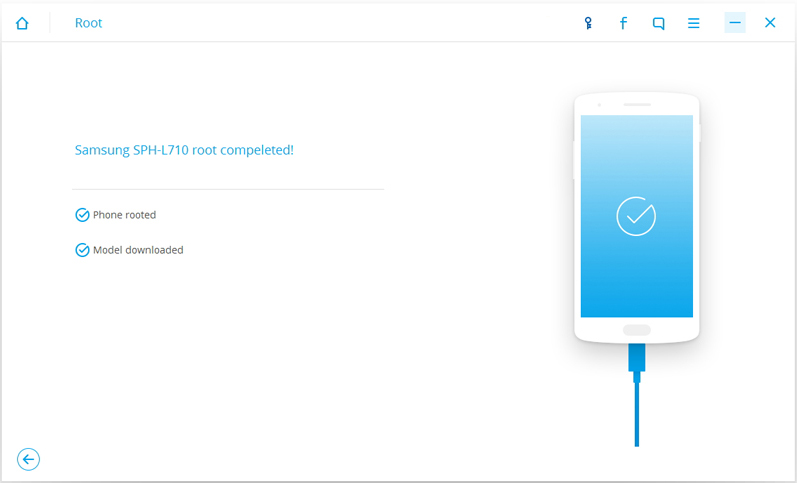

Proxy firewalls filter network traffic at the application level. While basic firewalls only look at packet headers, deep packet inspection examines the data within the packet itself, enabling users to more effectively identify, categorize, or stop packets with malicious data. Most notably, it includes deep packet inspection (DPI). Next-generation firewalls (NGFW) combine traditional firewall technology with additional functionality, such as encrypted traffic inspection, intrusion prevention systems, anti-virus, and more. Next-generation firewalls and proxy firewalls are more equipped to detect such threats. If a malicious request that was allowed from a trusted source address would result in, say, the deletion of a database, the firewall would have no way of knowing that.

While packet-filtering firewalls can be effective, they ultimately provide very basic protection and can be very limited-for example, they can't determine if the contents of the request that's being sent will adversely affect the application it's reaching. In contrast, stateful firewalls remember information about previously passed packets and are considered much more secure. Stateless firewalls examine packets independently of one another and lack context, making them easy targets for hackers. Packet-filtering firewalls are divided into two categories: stateful and stateless. If packets match those of an “allowed” rule on the firewall, then it is trusted to enter the network. This type of firewall checks the packet’s source and destination IP addresses. Packet-filtering firewalls, the most common type of firewall, examine packets and prohibit them from passing through if they don’t match an established security rule set.
DRFONE USES ONLINE RESOURCES SOFTWARE
A software firewall is a program installed on each computer and regulates traffic through port numbers and applications, while a physical firewall is a piece of equipment installed between your network and gateway. Firewalls can either be software or hardware, though it’s best to have both.


 0 kommentar(er)
0 kommentar(er)
